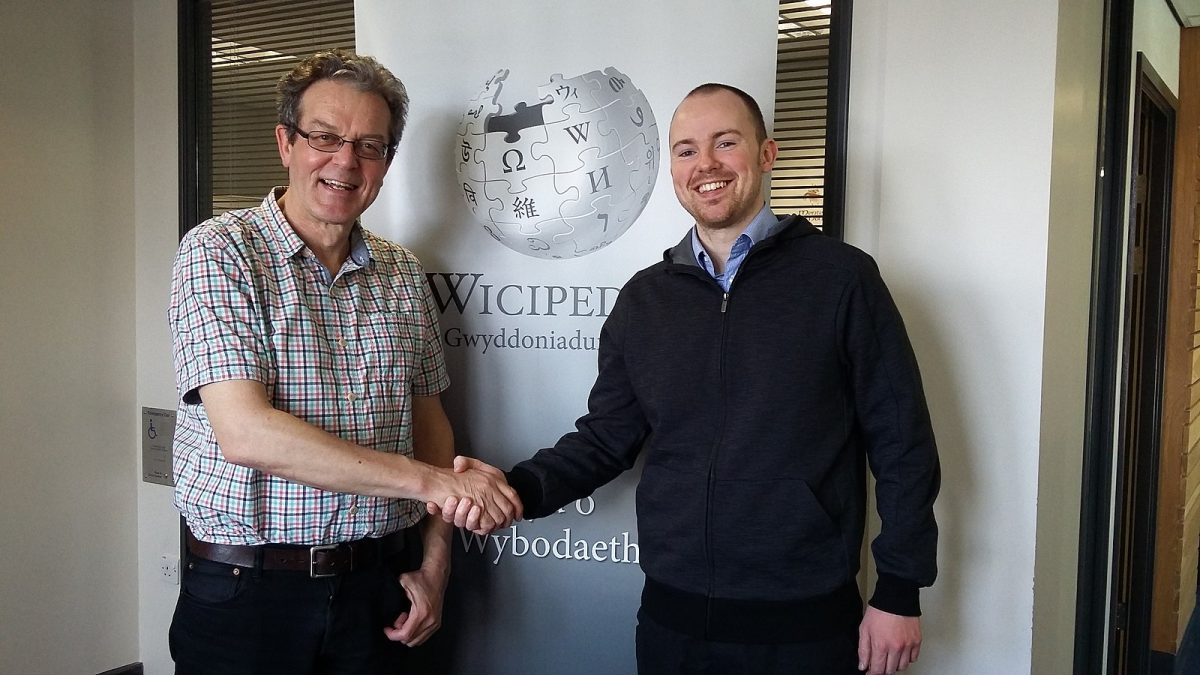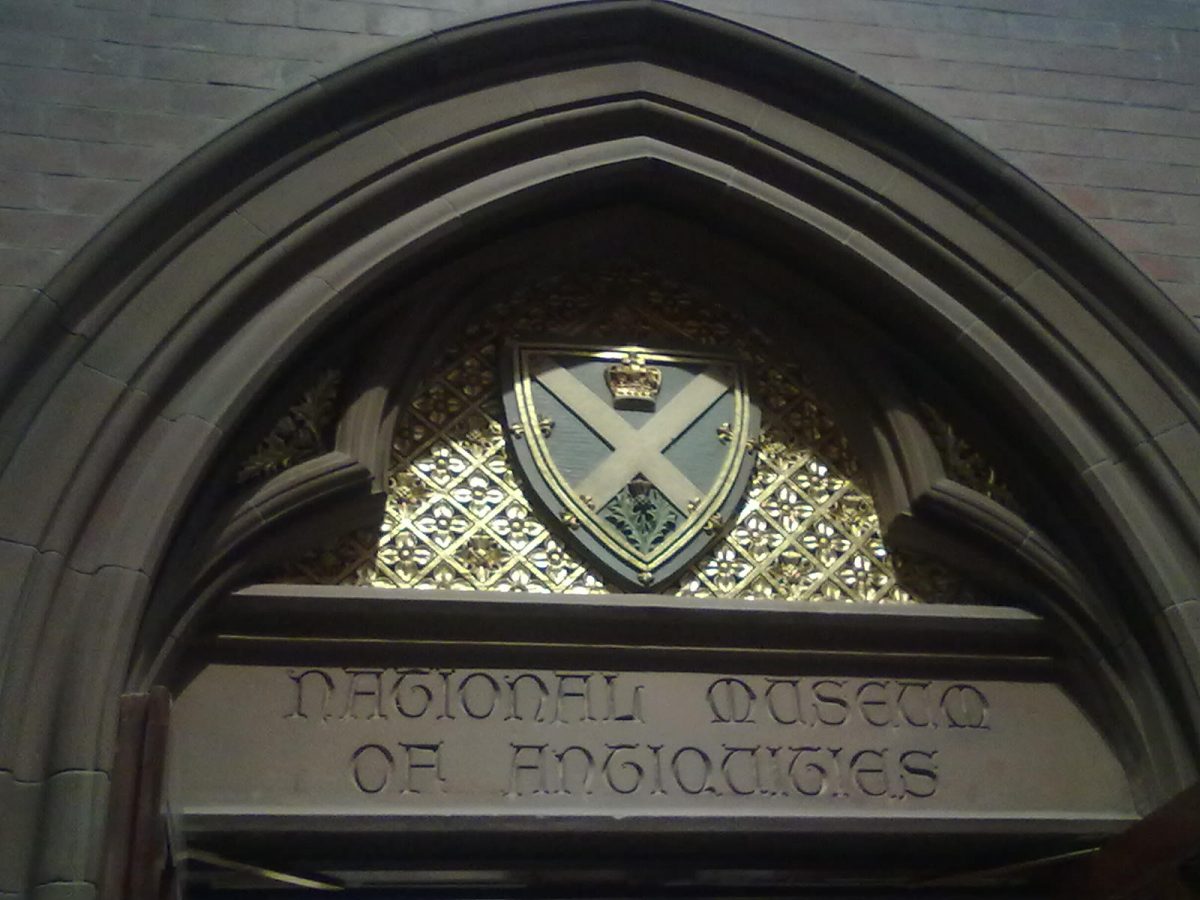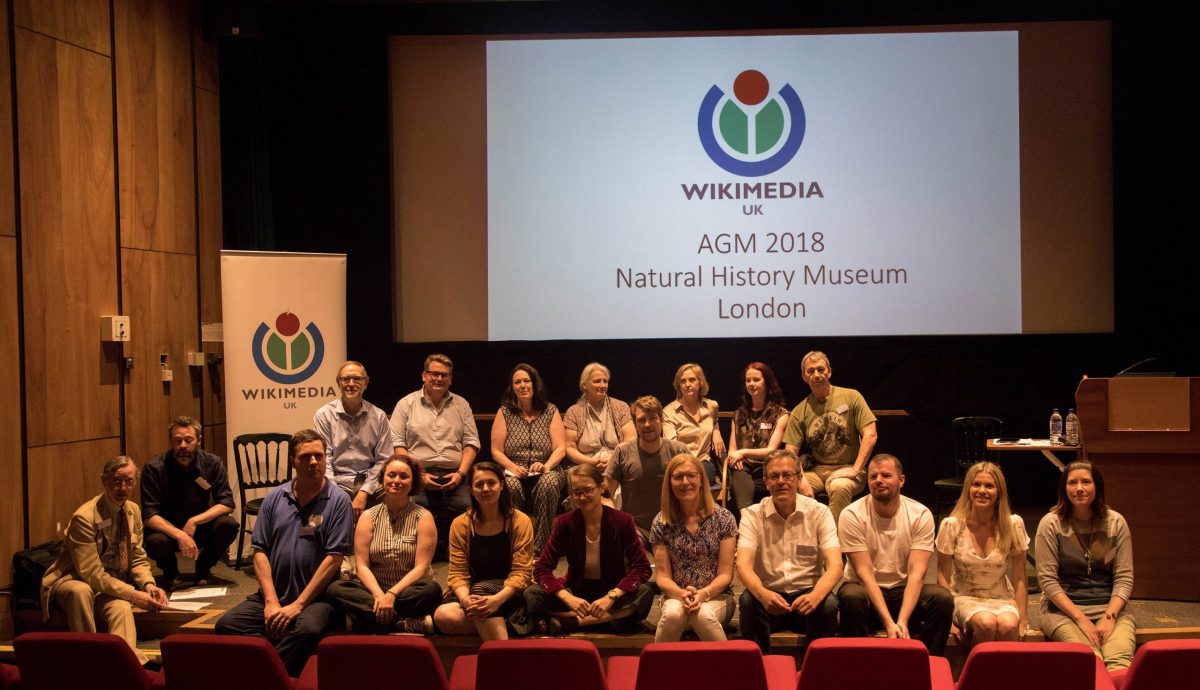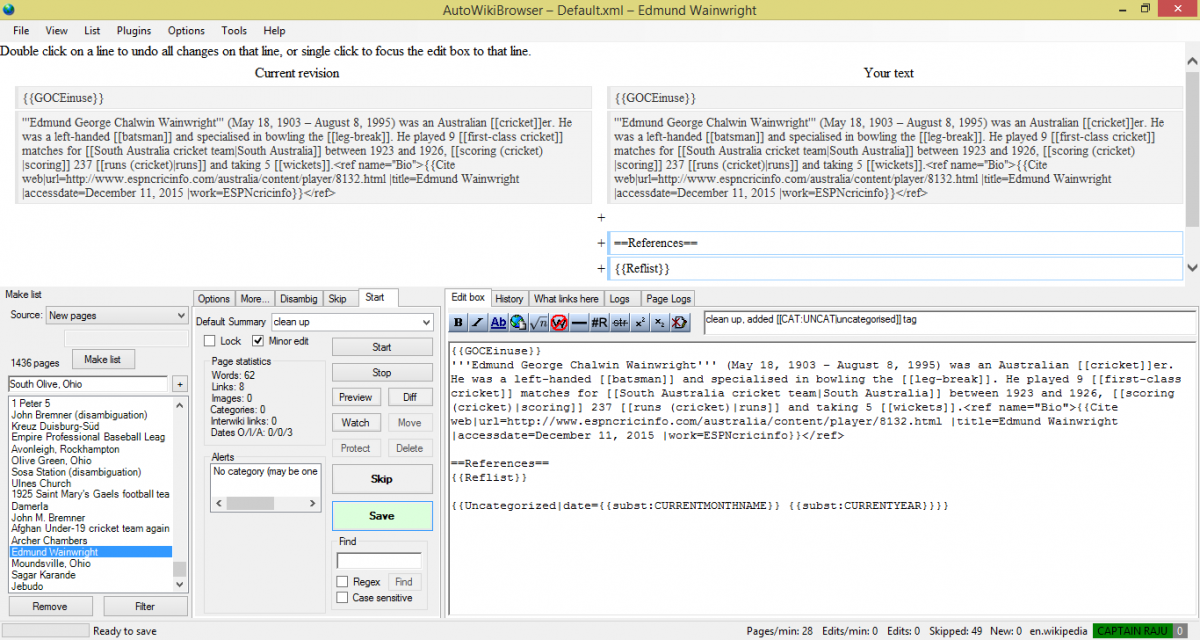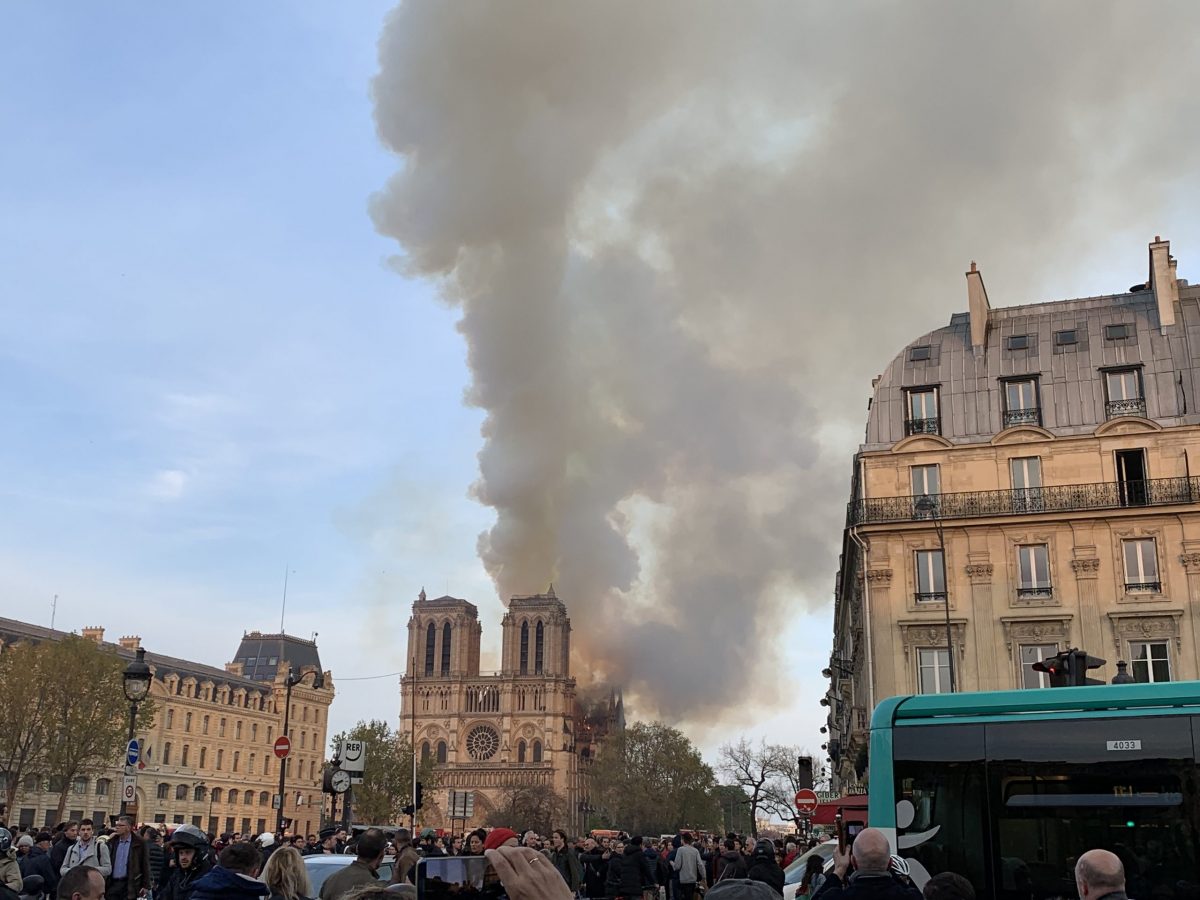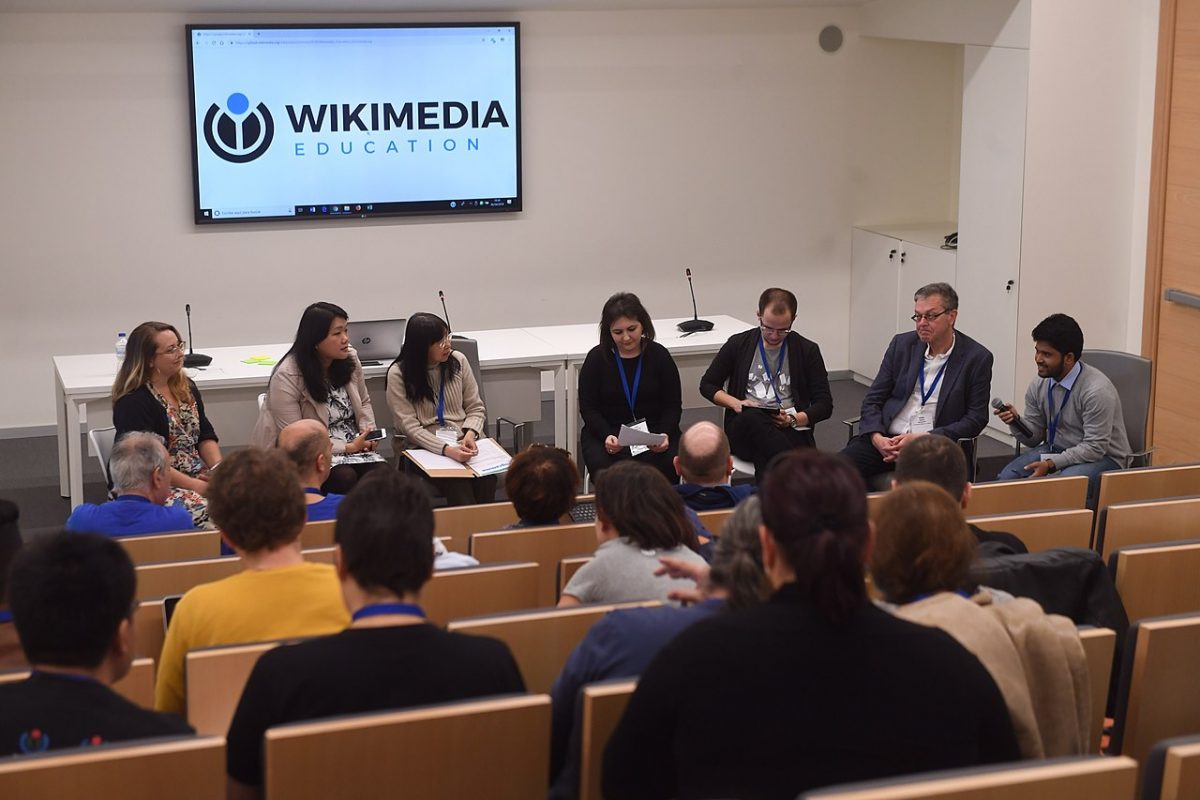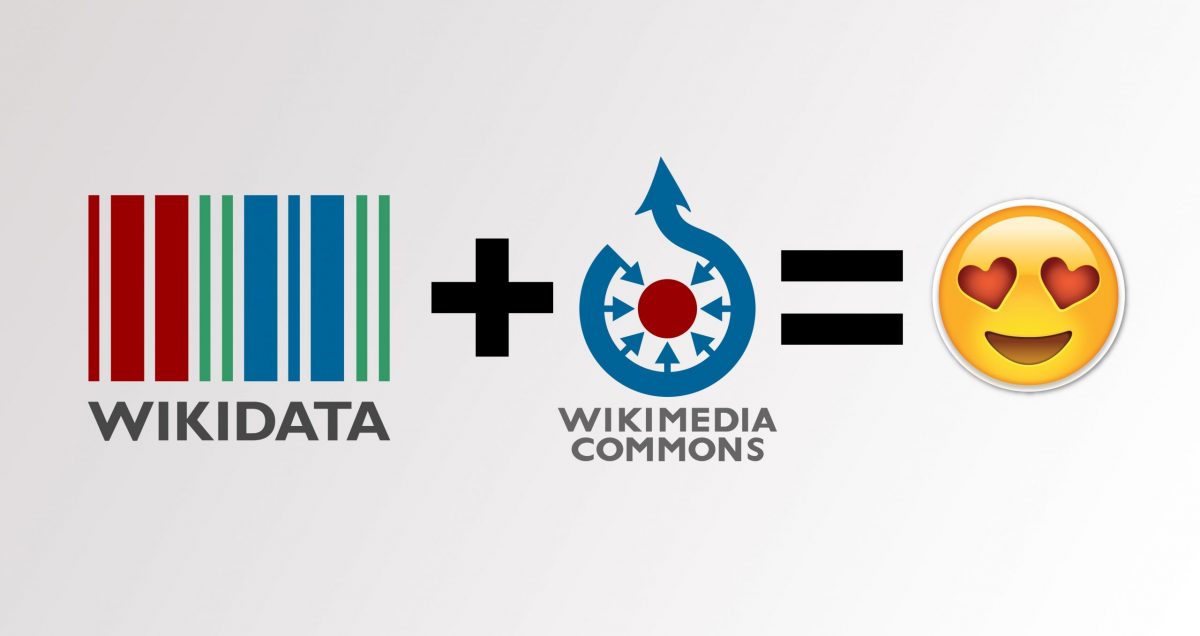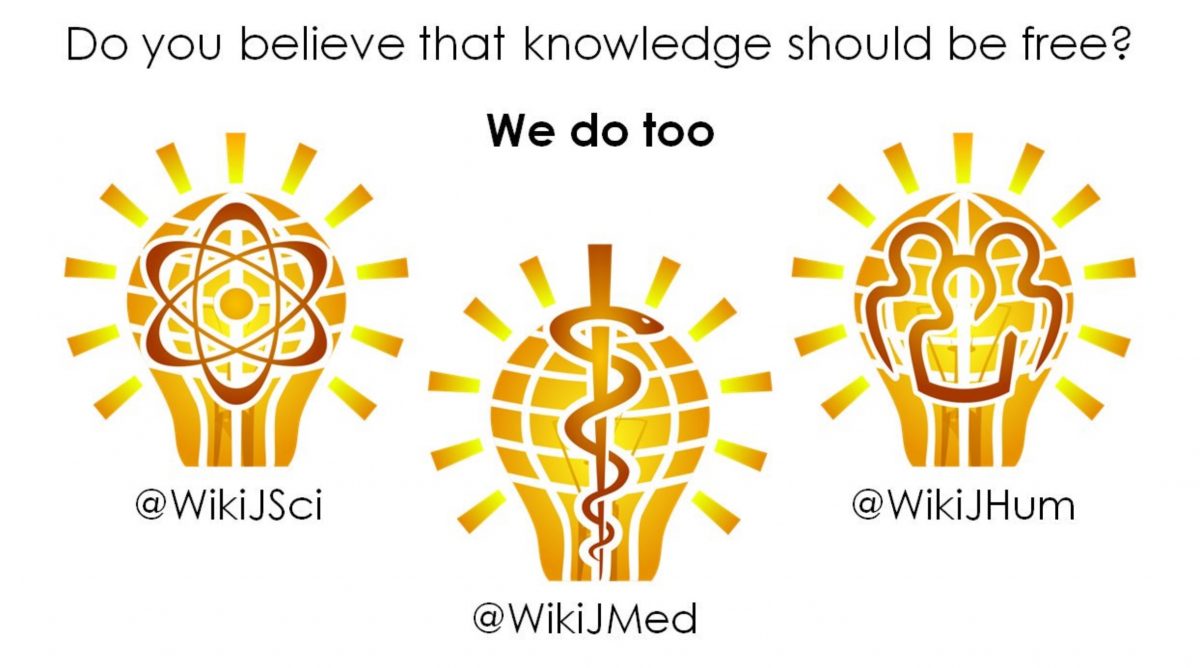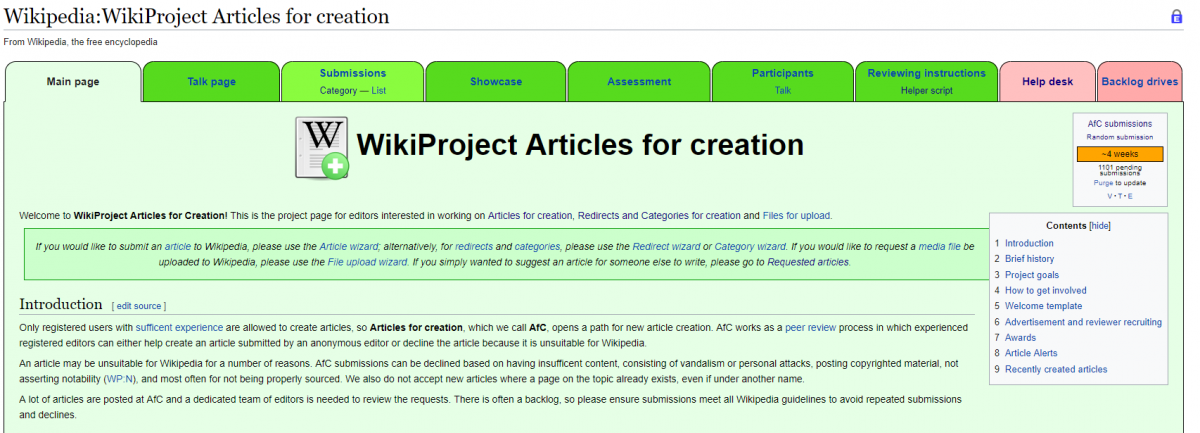By Robin Owain, Wikimedia UK Wales Manager
Wales has always had more than its fair share of ministers of religion, farmers… and educators!
During the Medieval period, the training of a ‘Prifardd’ (a registered Chief Poet), took ten years, but educating ordinary folk was by word of mouth. Around 1402, the last Welsh Prince of Wales, Owain Glyndwr, suggested founding a National University of Wales. Education, from the 17th Century onwards became linked to religion, as in many other nations. In 1674, the Welsh Trust (no article on en-wiki!) was formed in order to establish secondary schools throughout Wales and by 1681 there were 300 schools. This work was taken over by S.P.C.K. (Society for the Promotion of Christian Knowledge) early in the 18c. S.P.C.K. was formed in 1699 in London by a Welshman, Dr Thomas Bray, and 3 of the five main drivers were from Wales.
Many schools in Wales were also set up by charities so that the ordinary working-class person was given the opportunity to learn to read and discuss the Bible. Most teachers were curates, of which Griffith Jones, who taught 158,000 children to read in Welsh, must be one of the most famous today. By 1755 Wales had 3,495 schools, nearly all teaching through the medium of Welsh, as only around 5% of adults at that time could speak English.
At this time, Wales was one of the most literate countries in the world. The importance of education to the ordinary Welsh person during this time can not be over stressed. In England at this time, most ordinary folk were not given the chance to read and write whilst private school education flourished. Only a handful of private schools have existed in Wales, and as a result of this, today we can read what was written by the working-class people of Wales. For example, diaries kept by farmers are today being digitised and studied as they provide a comprehensive record of the weather at that time, information which is very relevant to those studying global warming.
During the 18th Century, the Welsh aspect within schools was lost: the English language was forced down the throats of children and corporal punishment became a daily routine for those who dared speak their mother tongue. My grandmother, who died 6 years ago, remembered it well! This inhumane practice was also used in Ireland, the Basque Country and other countries.
Today, for all children up to 16 years old, both Welsh and English languages are compulsory subjects. The Welsh Government aims to double the number of Welsh speakers by 2050 and ‘Wicipedia’ and ‘Wicidata’ are mentioned in their 2050 development plan, several times.
Wikipedia in Wales
In that context, let’s turn to a few Wikipedia milestones in Wales.
Having been appointed as Wales Manager for Wikimedia UK in July 2013, one of my first tasks was to co-organise the Eduwiki Conference at Cardiff. I invited Gareth Morlais, Digital Media Specialist at the Welsh Government, to open the conference and he spoke about the difficulty of getting minority languages recognised by internet giants such as Google. Gareth delivered his presentation in Welsh with live translation through headsets. The conference, and Gareth’s input, not only placed Wales on a global stage but also laid the foundation for the following work.
I approached the Coleg Cymraeg (the Federal University of Wales), which agreed to appoint a Wikimedian in Residence – the first full time WiR working in an university, worldwide. Mark Haynes was appointed in March 2014 and advised the Coleg on Creative Commons licences, which resulted in policy change. Since then, most of the academic work which goes on the Coleg Portal is on an open (CC-BY-SA) licence. This was a major breakthrough and even today, I’m yet to find a university which has opened their doors quite as wide.
The outcome of this is that when academic work is published, we can use it word for word on Wikipedia.

On 28 January 2015, I organised the first ever Wikipedia Edit-a-thon in Wales at Swansea Library, and this was immediately followed by a Swansea University Edit-a-thon titled Women and Justice 1100-1750 in collaboration with Prof Deborah Youngs and Dr Sparky Booker from the Department of History and Classics. More on Swansea, later!
There are 22 ‘Language Ventures’ in Wales, one of which is Menter Iaith Mon (translation: ‘Anglesey language venture’). After a number of meetings with Menter Iaith Mon, in the Summer of 2016 they appointed a full time Wikipedian in Residence with funding from the Welsh Government. Aaron focused on the training of Wikipedia editing skills, and having been employed in the secondary sector for a few years, began training pupils on the island of Anglesey.
Menter Iaith Mon and myself wrote an application to the main examination board of Wales (WJEC) to formalise the training of wiki-skills as part of the Welsh Baccalaureate as one of the ‘Community Challenges’. This was successful and since September 2018 Aaron has worked with 6 schools in Anglesey and Gwynedd. In the next few years, we will encourage other language ventures and schools to follow suit.
Aaron’s work also dovetails with the Digital Competence Framework as well as an input into the GCSE curriculum: more on this in the next few months.
In 2016, Swansea University Senior Lecturer in Law, Dr Pedro Telles, and Richard Leonard-Davies began using the Wikimedia Dashboard; the project is currently in its 3rd year. Post-graduate students are drafting Wikipedia articles as part of their assessment.
In December 2018, the ”Companion to the Music of Wales” was published by Coleg Cymraeg (Federal University) and Bangor University. This is an encyclopedia that covers the history of music in Wales with over 500 articles ranging from early music to contemporary music, from folk singers to orchestras. As a direct result of our WiR at the Coleg, all text is on an open licence and we shall shortly be transfering it to Wikipedia. It is an authoritative encyclopedia and is the result of a collaborative project between the School of Music and Media at Bangor University and the Coleg Cymraeg. Editors: Wyn Thomas, Pro Vice-Chancellor, Bangor University and Dr Pwyll ap Siôn, Professor in Music.

Three weeks ago, I delivered a presentation at the first International Eduwiki at Donostia, Basque Country where some of these milestones were shared. I was glad to see that we are not alone in the work we are doing here in Wales. The Basque Country excels in wiki-education work at all levels. It was inspiring to see such wonderful work in many other languages in the field of open education in secondary and tertiary sectors.
The context and groundwork are solid. It is now time to build on this foundation. The Welsh Government are committed to this work in partnership with Wikimedia UK and others.
A new project is about to start shortly: a pilot project on how we can make it easier for children and young people to access Wicipedia Cymraeg.
Watch this space!






